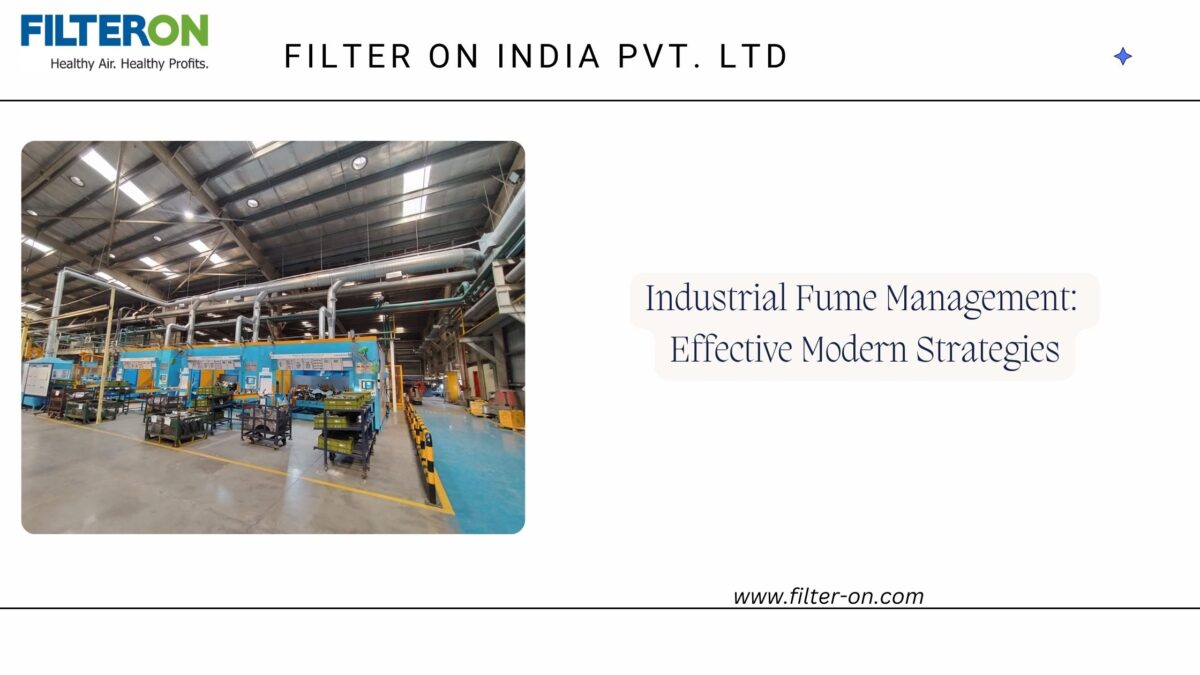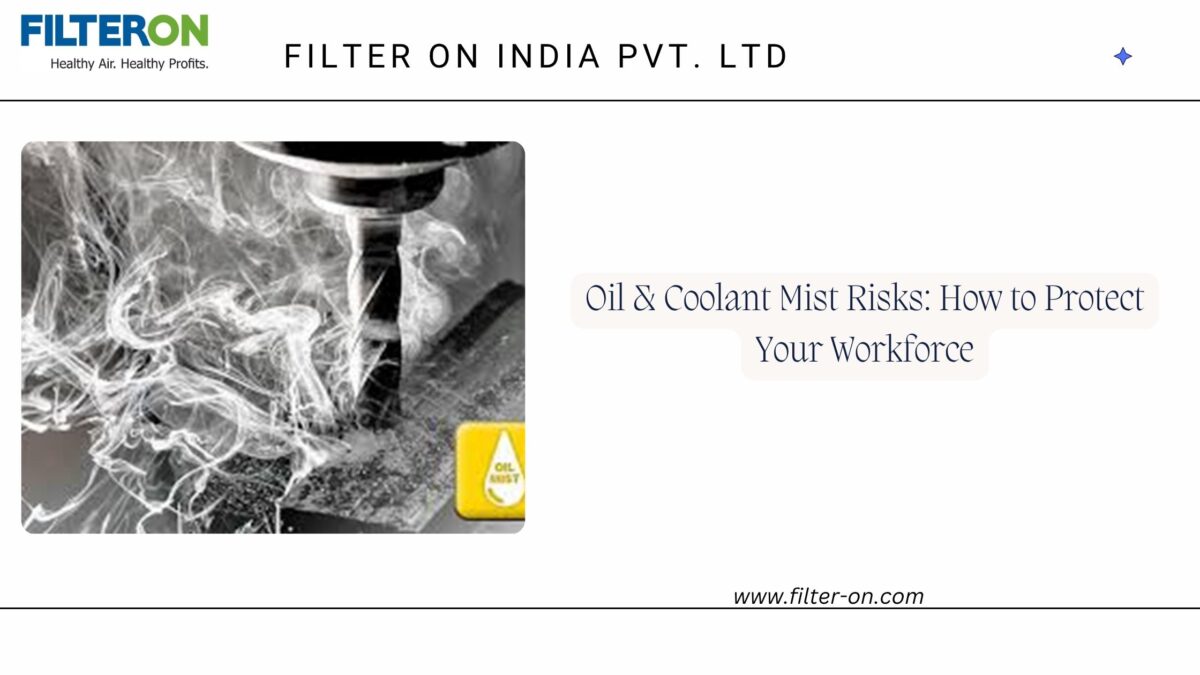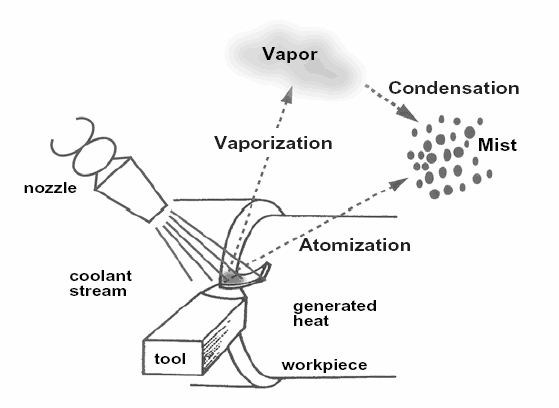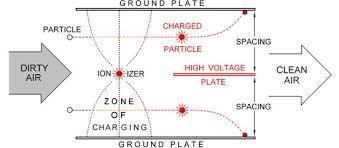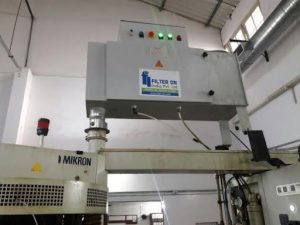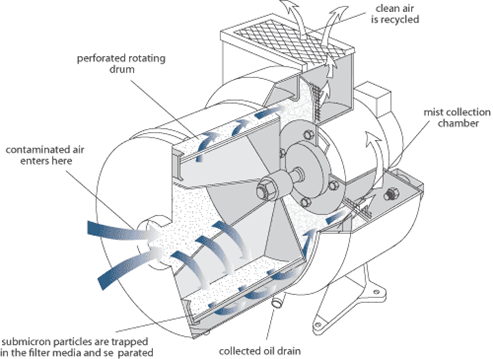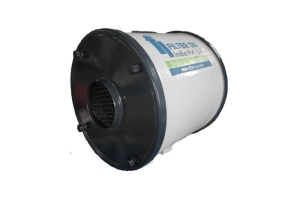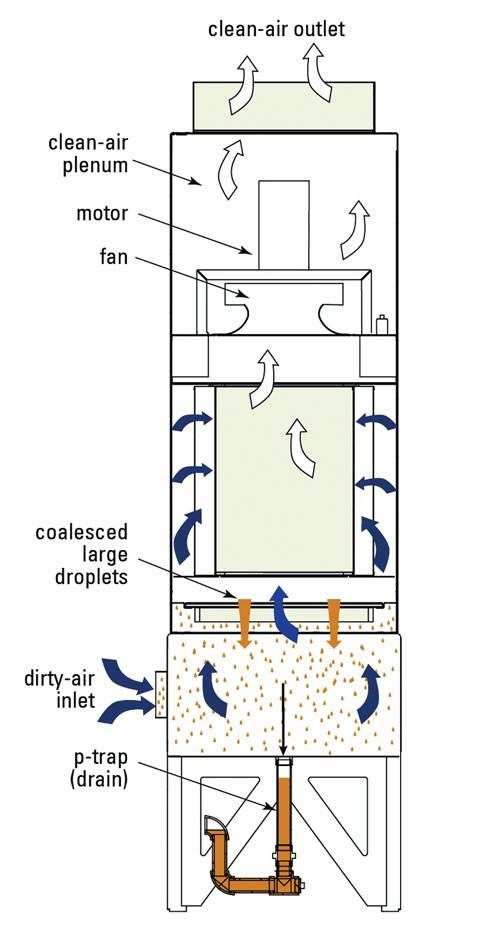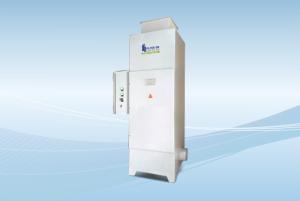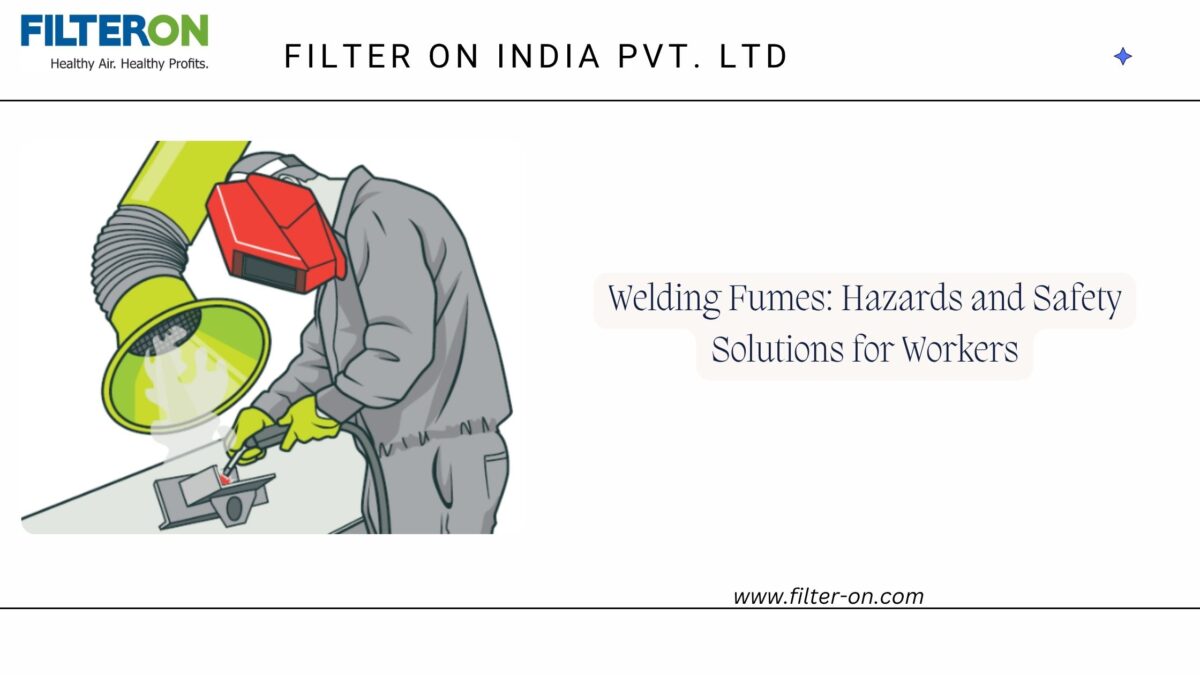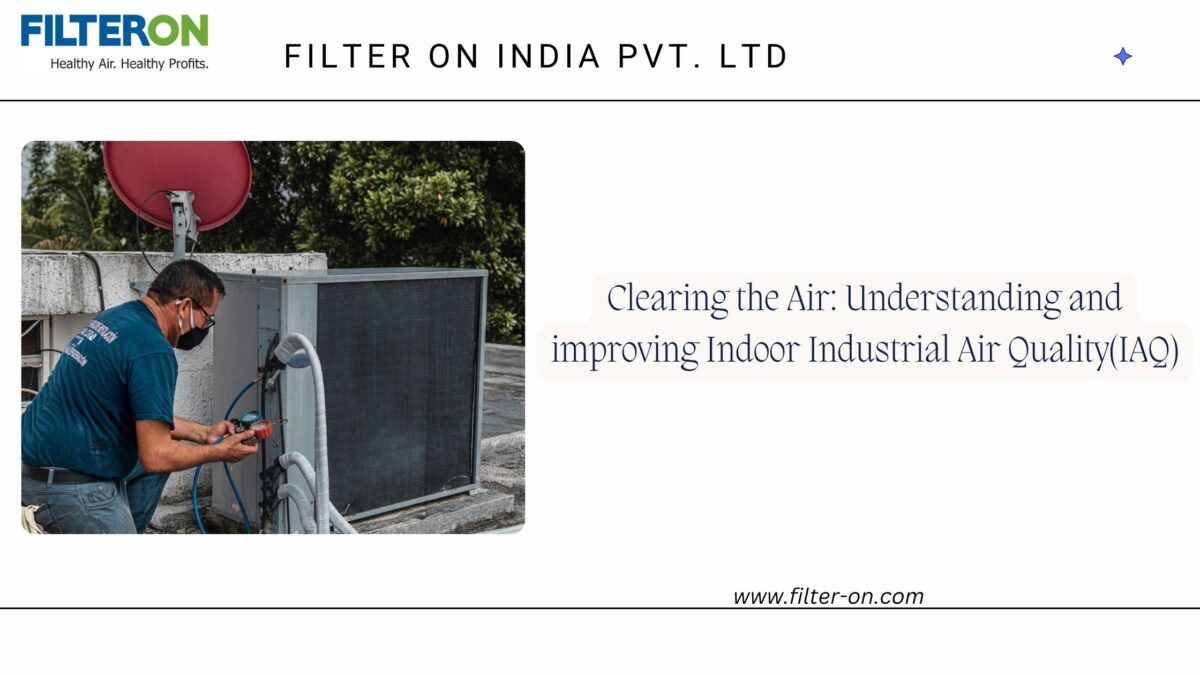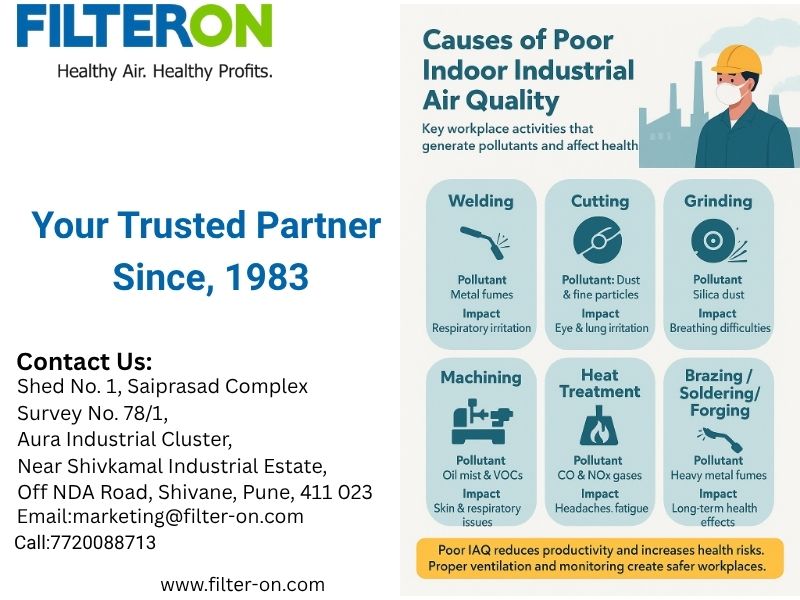Clearing the Air: Strategic Approaches to Industrial Fume Management in the Modern Era.
Air pollution (indoors as well as outdoors) has become a great concern for all of human society in recent years. The impact of air pollution ranges from the loss of man-hours in industries to serious threats to the health of human beings and their next generations. Companies looking to improve air quality often turn to Industrial Fume Management: Effective Modern Strategies to guide their safety protocols. This article attempts to explore the aspect of "fumes," which is the most common face of air pollution, its impact on industries and people, and how we can manage the fumes.
What Fumes Are and Why Industrial Fume Management: Effective Modern Strategies Matter
Fumes are aggregates of very fine particles, gas, smoke, mist, vapor of organic or inorganic substances, etc. Since most of the contents of the fumes are very light, fumes remain suspended in the air, we can say fumes are always airborne. In this article, we will study more specifically the fumes generated during various manufacturing processes in industries.
Sources of Fumes
Most of the commonly used manufacturing processes generate some or other forms of fumes / mist / smoke / dusts. Some specific examples – Fumes generated in heat treatment processes like oil quenching, induction heating, and melting process manufacturing processes generate some form of fumes, mist, smoke, or dust. Some specific examples Welding Fumes, Oil, coolant mist, and fumes generated in machining operations Dust and fumes generated in plasma cutting. Fumes generated in the casting and forging industries Acidic fumes generated in plating and pickling processes Dust and fumes generated in dry grinding operations Fumes generated in brazing and soldering And many more such operations.

Impact of Fumes on Industries
The fumes affect every asset of the industry, i.e., man, machine, materials, and image. That’s why managing fumes is becoming more important day by day. Industrial air quality is greatly affected by various types of pollutants, so to learn more about indoor air quality in industries and how to improve indoor air quality to safeguard your workforce, you can read about it here.
Rejections or time lost in production.
In certain industries like food and drugs etc., the fumes can cause rejection of the whole batch of production because it directly affects the product.
Impact of Fumes on People
The presence of fumes beyond certain limits in the work environment can cause various ill-effects, such as increased absenteeism, a lack of concentration on the job, high physical and psychological fatigue, and low morale at the workplace. All this adds up to reduced productivity. Also, many times companies find it difficult to attract and retain employees in certain affected areas.
The fumes affect the individuals in a much more serious way. The people may suffer from short-term disorders such as eye irritation, feeling of nausea, difficulty in respiration, cough, indigestion, etc. However, unfortunately, many times these are neglected. Prolonged exposures may lead to the development of some fatal diseases like asthma, tuberculosis, bronchitis, fibrosis, lung cancer, etc. Certain ingredients in fumes are such that they affect kidney and heart functioning. Since all these impacts are very gradual in nature, they are therefore extremely dangerous. The diseases or disorders are detected very late in many cases. The pollutants in fumes thus act as a slow poison and, therefore, need to be managed properly.
The impact of fumes on workers in an industry is huge. For example, when there are various welding stations in an industry, the fume rate due to welding is very high, so how do we know exactly how much of the impact of welding fumes is on workers? Please read more about it here.
The impact of fumes generated by oil or coolant mist is huge on people working in an industrial environment. They have suffered various symptoms, which are discussed above, so to know more about how you can minimize the exposure and prevent your workers from getting oil or cooling mists, you can refer to our article about it here.
Certain fumes can be corrosive in nature like acidic fumes and can damage the materials. This is a direct loss to the industry. Also in some highly corrosive environments, the fumes even affect the structures and can cause a safety hazard.
Deposition of fumes & dust on sensitive electronic circuit boards, components can cause malfunctioning of the controls and can cost an industry in crores on account of rejected products.
Impact on Image & Client perception –
The presence of fumes, dust etc in the work environment in an industry sends negative signals to the clients visiting the facility for assessments or inspections. It creates an impression that the company is not very serious about employee health, safety and environmental issues.
The above discussion shows how the fumes affect an industry from various dimensions and the industry cannot afford to ignore or sideline the said subject.
Industrial Fume Management: A Roadmap for Managing Fumes and Air Pollution
Managing fumes and reducing their impact is a continuous and ongoing activity since many processes keep adding to the industry. Thus, this exercise should be integrated into the management process, just like cost-cutting, quality improvement, etc.

A suggested model process is shown above, which will provide an organization with a platform for managing air pollution problems effectively and on a long-term basis.
Remember that managing air pollution, or fumes, is not a one-time exercise.
Managing Fumes: Implementing Data-Driven Monitoring for Safer Work Environments
Adopting Industrial Fume Management: Effective Modern Strategies helps facilities reduce emissions while protecting worker health.
It involves two different and equally important aspects:
- Capture of fumes
- Processing or Filtration of Fumes
Capture of fumes
The capture of fumes involves a capturing arrangement, generally a suction hood connected to a blower through ducting. The blower capacity is designed as per the suction hood dimensions, its distance from the generation point, and the type of fumes to be captured.
The design of the suction hood and the proper capacity of the blower are two of the most critical aspects of the success of any fume extraction system. This is because unless the fumes are captured efficiently, they cannot be treated, and in the absence of effective capture, fumes will escape the suction hood and spread all over the environment, making the fume extraction system ineffective.
As far as possible, the application from which fumes are generated should be provided with an enclosure. This will reduce the air flow required to capture the fumes and thus optimize the size of such a system. E.g., a welding table can be provided with an enclosure from three sides and a canopy hood on the top.
Important Point: The design of the suction hood and the selection of a proper-capacity blower have a direct bearing on the effectiveness of the fume extraction system. So it makes sense to spend more time analyzing different designs and options
Some of the typical suction hood designs and related air flow requirements are shown in the attached table 2 below for illustration.

Processing or Filtration of Fumes
It involves the separation of the hazardous contents of the fumes, like dust particles, oil mist, etc., from the air so that the resulting air is safe to discharge into the environment. There are many different methods of filtration of the fumes, like polyester filters, electrostatic filters, scrubbers, etc., depending on the type of fumes, concentration of fumes, etc
Some of the types of filters and their most common applications are given below:

All the above systems have different efficiency levels for different particle sizes, different pressure drop values and different durability, life etc. So different types of filters are used for different types of fumes. Selection of proper filter for proper application thus becomes equally critical factor in success of fumes extraction system. Many manufacturing plants rely on Industrial Fume Management: Effective Modern Strategies to stay compliant with environmental regulations.
Fume Extraction System Design:
This involves the suction hood design, filter system selection, ducting design, and capacity selection of the blower. All these designs and selections have to be properly integrated for an effective fume extraction system. If there is any error in any one of the above, then the performance of the whole system may suffer. E.g., even if the filtration system is properly selected and the suction hood is properly designed, the system may not develop proper air flow if the static pressure of the blower is not sufficient to overcome pressure losses in the total system. Also, many times it is experienced that just a change in ducting results in the system becoming ineffective just because the new ducting is not properly designed.
Conclusion –
Environments of all types affect the industry in more than one way and cause significant hidden as well as visible damage. Managing the fumes thus becomes very important for safeguarding the industries from various ill-effects. The process of identification of sources, prioritization, planning, implementation, and checking will ensure consistency in reducing the impact of air pollution. For implementing effective fume extraction systems, all aspects, i.e., design of the suction hood, selection of a proper filtration system, ducting design, and blower capacity calculation, are equally important and need to be balanced as per the applications. so its very important for maintenance engineers increasingly reference Industrial Fume Management: Effective Modern Strategies when designing advanced ventilation systems, because the report on Industrial Fume Management: Effective Modern Strategies highlights new technologies that enhance workplace safety.
Visit blogs to learn more about the critical features of clean air system design and air pollution control systems created by Filter On India.


